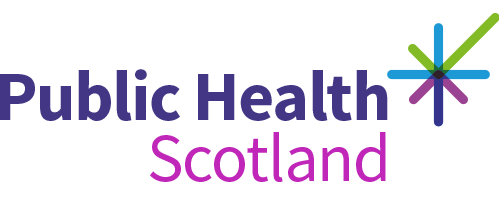Increasing staff cervical screening uptake
Following a scoping exercise and Health Inequalities Impact Assessment (HIIA) for the cervical screening programme within NHS Borders, a number of key actions and activities were identified to reduce inequalities and increase engagement with the programme.
One of the actions was to hold cervical screening staff amnesty clinics. The following case study focuses on this taking place within the Borders General Hospital.
Reason action was taken
As noted in our take the right actions page, one of the key ways to reduce health inequalities is through employment processes.
Evidence suggests that there are a number of barriers to attending a screening appointment. This includes
- inconvenience of appointment time
- inconvenience of location
- not being able to take time off work.
Providing access to clinics held in the workplace may therefore, increase participation in the programme.
NHS Borders had about 1600 women employed at the Borders General Hospital, so the potential reach was significant.
Action taken
Education and awareness sessions
These started in December 2016 and continued as required. Particular focus was given to lower paid staff such as
- domestics
- porters
- canteen staff
- bank staff
- health care support workers
- staff on low-hour contracts.
Cervical screening clinics
These started in January 2017 and continued on a bi-monthly basis until March 2019. They were offered after working hours from 5.30 pm to 7.30 pm.
One to one support
Additional one to one support was provided to women who attend the clinics to raise awareness of screening benefits.
Impact and lessons learned
Providing staff with the opportunity to have their smear taking in the worksite has raised talk ability and awareness of the importance of engaging in the screening programme. Over the period January to July 2017 a total of 119 appointments were made available for staff to book, with 113 appointments made.
Of the 115 appointments
- 93 (82%) were booked and attended
- 12 (10%) were booked but did not attend (DNA’d)
- 10 (8%) were booked but cancelled within 24 hours of appointment.
An evaluation will be carried out for each activity, venue and targeted staff group. This will result in a better understanding of how the cervical screening programme can be delivered to meet the needs of particular groups in the future and improve the understanding of the barriers faced.
Further information
You can find out more about how you can reduce health inequalities within our reducing health inequalities section.
Find out more about cervical screening and health inequalities within our cervical screening pages.
This case study is based on information provided by Julieann Brennan from NHS Borders. If you would like to discuss further, you can contact our Health Promoting Health Service (HPHS) team by email at nhs.HealthScotland-hphsadmin@nhs.net.
